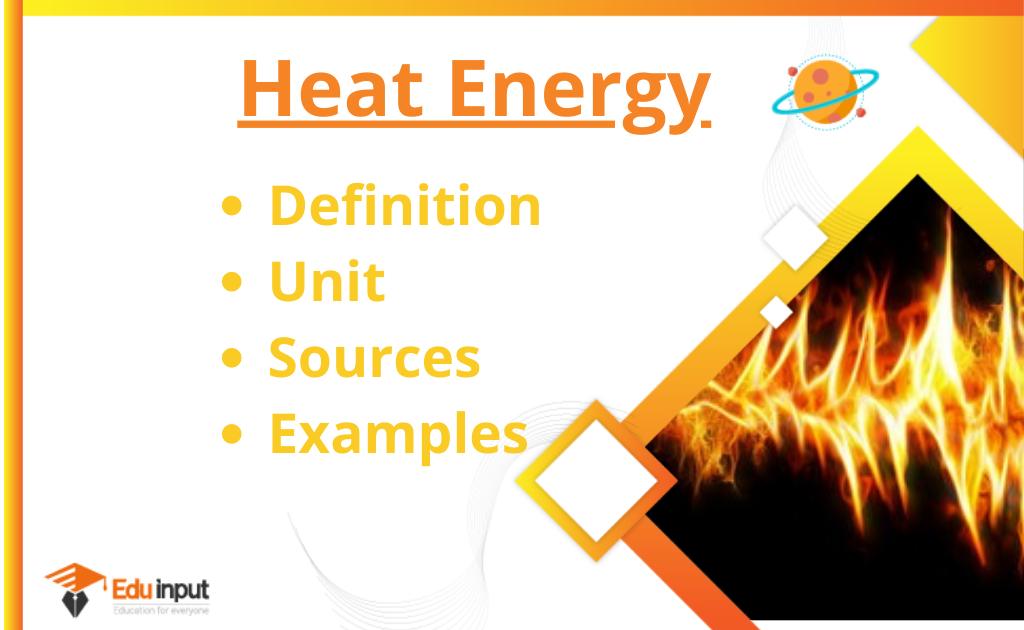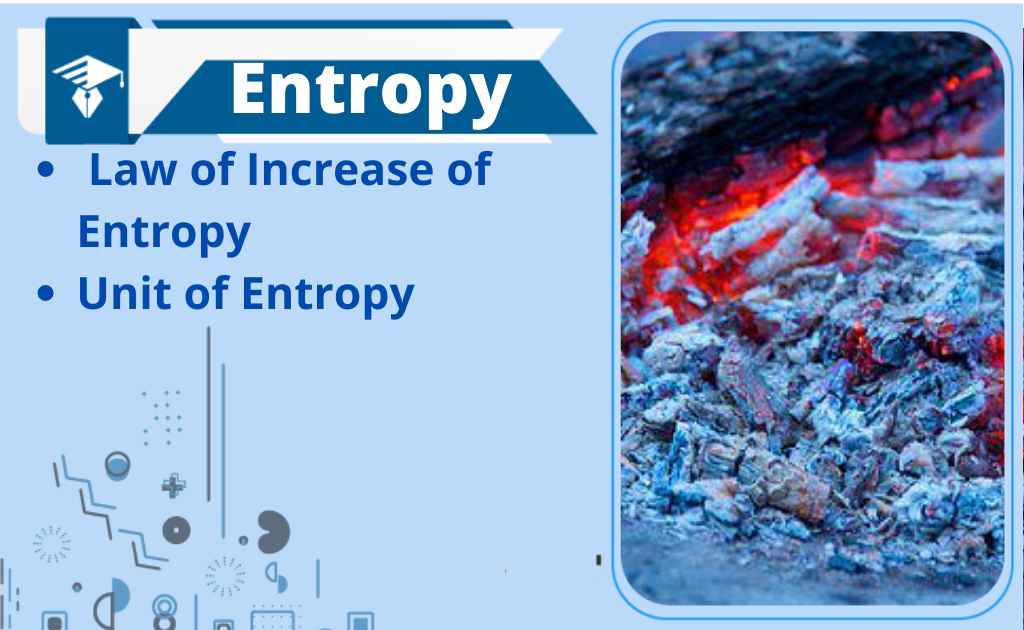Internal Combustion Engine-Definition, Types, And Application
An internal combustion engine is a heat engine in which the combustion of a fuel occurs with an oxidizer in a combustion chamber which is an important part of the working fluid flow circuit.
Internal Combustion Engine
Direct force is applied to some parts of the engine when the high-temperature and high-pressure gases are expanded in an internal combustion engine. The force can be applied to different parts of the engine.
This force moves the component over a distance, transforming chemical energy into kinetic energy, which in turn is used to propel, move or power anything the engine is attached to. This was used for applications where the weight or size of the engine was more important than the external engine.
Types of Internal Combustion Engine
There are three major types of an internal combustion engines.
- Reciprocating engine
- Rotary engine
- Continuous combustion engine
Reciprocating engines
A heat engine that uses one or more reciprocating pistons to convert high temperature and high pressure into a rotating motion is called a reciprocating engine. The common features of all types are described in this article.
The main types are the internal combustion engine, used extensively in motor vehicles, the steam engine, the mainstay of the Industrial Revolution, and the Stirling engine for niche applications. There are two ways in which internal combustion engines are classified, either a spark-ignition (SI) engine, where the spark plug the combustion, or a compression-ignition (CI) engine, where the air within the cylinder is compressed and heating it.
Rotary Engine
The rotary engine is an early type of internal combustion engine, usually designed with an odd number of cylinders per row in a radial configuration, in which the crankshaft remained stationary in operation, with the whole crankcase and its attached cylinders rotating around it as a unit.
Its main application was in aviation, but it also saw use in motorcycles and automobiles before that. During World War, I and the years immediately preceding that conflict, this type of engine was widely used as an alternative to conventional inline engines. The solution to the problems of power output, weight, and reliability has been described as very efficient.
Continuous Combustion
There are many types of continuous combustion.
- Get Engine
- Brayton cycle
- Gas turbine
Application
Locomotives are one of the most common power sources for land and water vehicles, including automobiles, motorcycles, ships, and to a lesser extent, outboard engines. The Wankel design is used in some automobiles, aircraft, and motorcycles. These are collectively known as internal-combustion-engine vehicles.
Where high power-to-weight ratios are required, internal combustion engines may be used. Helicopters and airplanes can both use jet engines with either of the two types of turbines. A separate ICE may be used as an auxiliary power unit for airliners. Wankel engines can be fitted to many aerial vehicles.







Leave a Reply